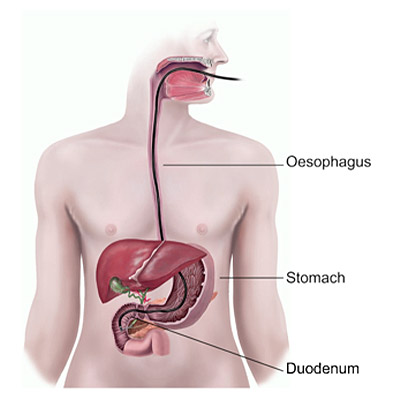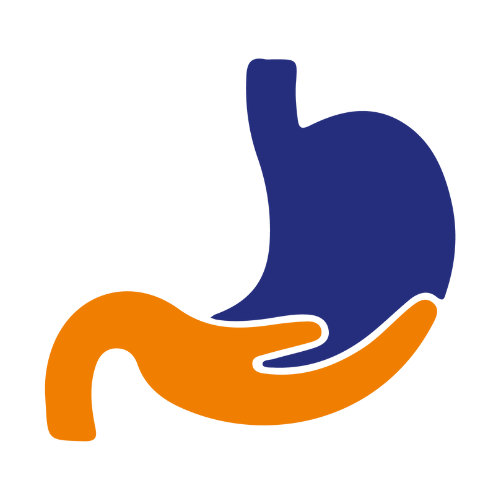
Endoscopic retrograde cholangiopancreatography (ercp)
What is an ERCP?
ERCP is a combination of upper gastrointestinal endoscopy & X-rays used to diagnose and treat conditions of the bile ducts and main pancreatic duct, including gallstones, inflammatory strictures (scars), leaks (from trauma and surgery), and cancer. It is primarily performed by highly skilled and specially trained gastroenterologists.

Why is an ERCP required?
ERCP is used in diagnose & treat bile & pancreatic disorders. For diagnosis alone, non invasive techniques like MRI are preferred. ERCP is used when the bile or pancreatic ducts become narrowed as a result of :
- Gallstones
- Infections
- Acute & chronic Pancreatitis
- Bile Duct Cancer
- Pancreatic Cancer
- Pancreatic Pseudocysts
It is important to discuss all the medications currently being used by the patient including vitamin and mineral supplements, medications for arthritis, diabetes, blood pressure, NSAIDs etc. Your doctor would recommend to temporarily stop medications that affect the sedatives.
The doctor would also give the patient the following instructions to be followed prior to the procedure:
- Do not eat or drink anything 8 hours prior to the procedure
- Do not smoke
- Do not chew gum
How one should prepare?
What to Expect During & After the Procedure
What Happens After Procedure?
You stay in the procedure area for one or two hours after your ERCP, until the sedatives wear off. Then you can have someone drive you home. You will probably want to spend the rest of the day relaxing at home. Generally, you should feel ready to resume your regular diet, level of activity, and bowel movements within a few days after an uncomplicated procedure.
The patient may experience bloating or nausea for sometime post ERCP & a sore throat for a day or two. You might need to spend the night in the hospital after the procedure. If so, your doctor will discuss it with you.
What to Expect During the Procedure?
Once the sedative is given , the patient is made to lie on a table & an endoscope is carefully inserted down his or her oesophagus, through the stomach & intro the duodenum. The doctor then finds inserts the catheter where the bile & pancreatic ducts open into the duodenum. He then injects a contrast medium into the ducts to make them more visible. Fluoroscopy is used to analyse the ducts and identify blockages if any. ERCP procedure typically lasts between 1 to 2 hours.
Certain tools may be attached to the endoscope to
- Unclog narrowed or blocked ducts
- Remove stones
- Collect tissue sample
- Place stents
What are the risks of an ERCP?
- The most common problem after ERCP is a condition called “pancreatitis.” This happens when the duct to the pancreas is irritated by the X-ray dye or small plastic tube used in ERCP.
- Other problems are possible if your doctor did any treatment during your ERCP, such as removing stones or putting in a small drain called a stent. These treatments have a small risk of causing bleeding or making a hole in the intestine or bile duct.
- Another very rare risk is the risk of infection transmission from scopes.
Call your doctor’s office immediately if you have any of the problems below after ERCP.
- Severe belly pain
- Fever
- Chills
- Vomiting
- Blood in your stool
Contact us
Call Us
Our Location
A-Ground Floor, Lancelot Apartment, Opposite Kalyan Jewellers S.V. Road, Borivali West, Mumbai, Maharashtra 400092.
